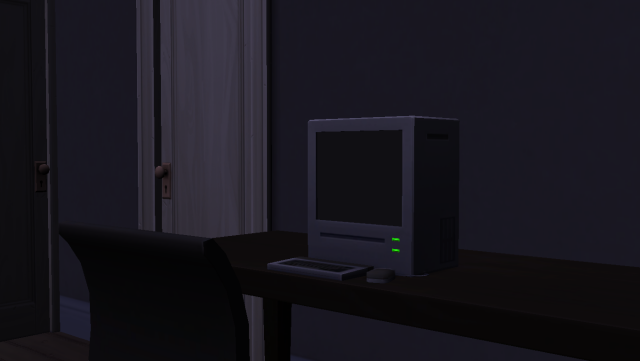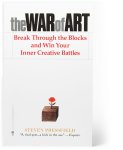Download links for: Nox


Reviews (see all)
Write review
Hmmmm. Not really sure what to think of this one. Have any of you fine folk read it?
The most beautiful book I have ever read.
Stunning.
Other books by Memoir & Autobiography
Other books by Anne Carson
Related articles












